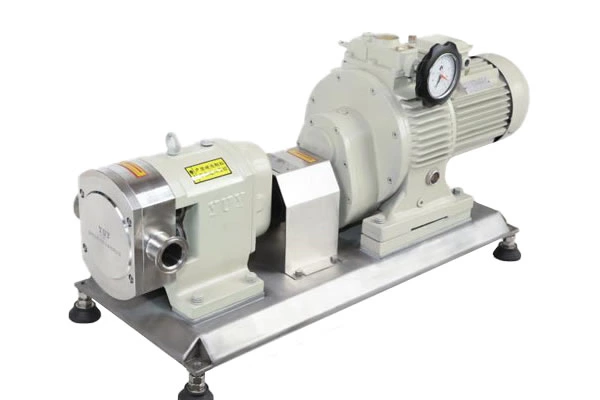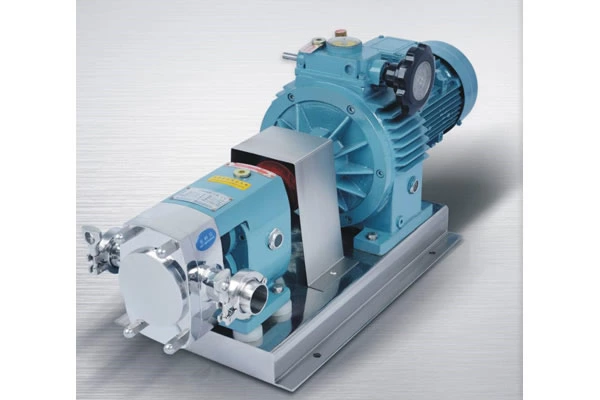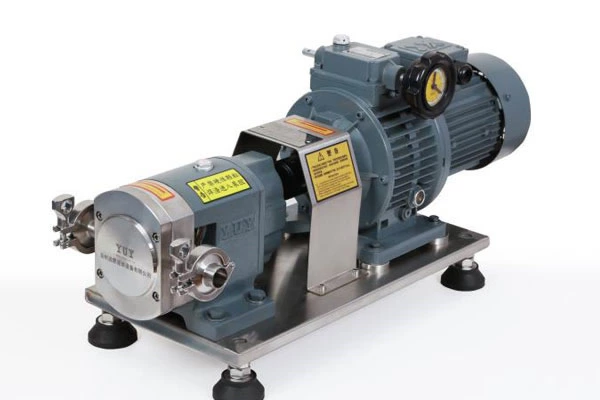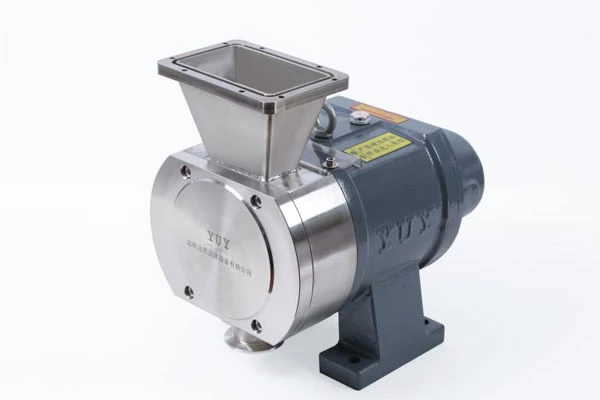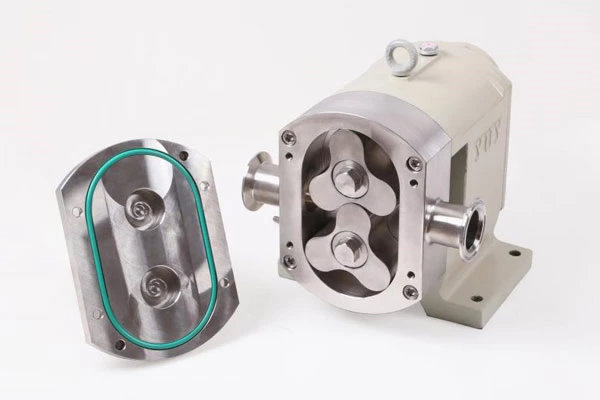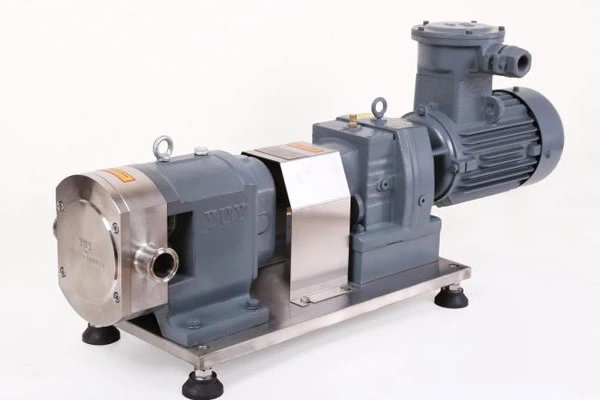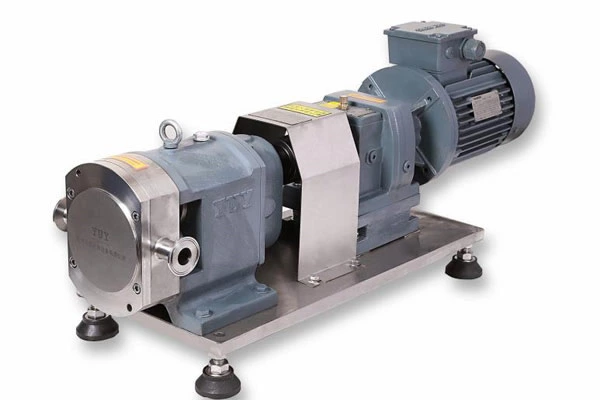Basic Structure Of Sanitary Rotary Cam Pump
Sanitary Rotary Lobe Pump is used for transporting clean water and other liquids with physical and chemical properties similar to clean water. It is suitable for industrial and urban water supply and drainage, high-rise building pressurized water supply, garden sprinkler irrigation, fire pressurization, long-distance transportation, HVAC refrigeration cycle, bathroom and other cold and warm water circulation pressurization and equipment matching.
The basic structure of a sanitary rotary cam pump consists of six parts: impeller, pump body, pump shaft, bearings, sealing ring, and packing box.
1. The impeller is the core part of a centrifugal pump, which has high speed and high output. The blades on the impeller play a major role, and the impeller needs to undergo a static balance test before assembly. The inner and outer surfaces of the impeller are required to be smooth to reduce frictional losses caused by water flow.
2. The pump body, also known as the pump casing, is the main body of the water pump. Plays a supporting and fixing role, and is connected to the installation of bearings
The brackets are connected.
3. The function of the pump shaft is to connect with the motor through a coupling, transmitting the torque of the motor to the impeller, so it is the main component for transmitting mechanical energy.
4. Bearings are components that are fitted onto the pump shaft to support it. There are two types of bearings: rolling bearings and sliding bearings. When using butter as a lubricant for rolling bearings, it is recommended to add oil at a volume of 2/3 to 3/4. If the volume is too large, it will generate heat, while if it is too small, it will produce noise and heat up! Sliding bearings use transparent oil as a lubricant, add oil up to the oil level line. Too much oil will seep out along the pump shaft and float, and too little bearing will overheat and burn out, causing accidents! During the operation of the water pump, the temperature of the bearings can reach up to 85 degrees Celsius, usually around 60 degrees Celsius. If it is too high, it is necessary to investigate the cause (whether there are impurities, whether the oil quality is black, whether water has entered) and deal with it in a timely manner!
5. Sealing ring, also known as leak reducing ring. Excessive clearance between the impeller inlet and the pump casing can cause water from the high-pressure area inside the pump to flow through this clearance to the low-pressure area, affecting the pump's water output and reducing efficiency! A too small gap can cause friction and wear between the impeller and the pump casing. In order to increase reflux resistance, reduce internal leakage, and prolong the service life of the impeller and pump casing, a sealing ring is installed at the junction of the inner edge of the pump casing and the outer edge of the impeller, with a sealing gap maintained between 0.25 and 1.10mm.
6. The stuffing box is mainly composed of packing, water seal ring, packing cylinder, packing gland, and water seal pipe. The main function of the stuffing box is to seal the gap between the pump casing and the pump shaft, preventing the water flow inside the pump from flowing outside and preventing the air from entering the pump. Always maintain the vacuum inside the water pump! When the friction between the pump shaft and the packing generates heat, it relies on the water seal pipe to hold the water inside the water seal ring and cool the packing! Maintain the normal operation of the water pump. So special attention should be paid to the inspection of the packing box during the operation and inspection of the water pump! The packing needs to be replaced after about 600 hours of operation.
